
There are two distinctly different kinds of small incubator, those with a fan and those without a fan; ‘forced draught’ and ‘still air’ and users are sometimes confused by the choice. The difference in the way eggs are warmed is important but often not fully appreciated. Here are some of the considerations.
To achieve good lateral temperature consistency, ‘still air’ incubators (those without fans) are generally heated from above the level of the eggs and exhibit a marked temperature difference between the upper and lower levels, so that the tops of the eggs may typically be 4°C (7°F) warmer than the bottoms. Introducing a fan into the incubator dramatically changes the situation, eliminating temperature gradient for all practical purposes. Obviously, if eggs are to be set on different levels in the same machine it is essential to circulate the air mechanically so that all the eggs are exposed to the same temperature. However, since many of us are concerned with relatively small numbers of eggs which can all be set on one level there is a real choice to be made.
As well as eliminating the temperature gradient a fan also eliminates variations in the Relative Humidity. R.H. is closely related to temperature (see Brinsea information sheet ‘Humidity in Incubation’) in such a way that (for a given volume of air) the relative humidity reduces considerably as temperature rises. The following example of a still air incubator indicates the kind of variations which may be expected.
This story is from the January - February 2020 edition of Practical Poultry.
Start your 7-day Magzter GOLD free trial to access thousands of curated premium stories, and 8,500+ magazines and newspapers.
Already a subscriber ? Sign In
This story is from the January - February 2020 edition of Practical Poultry.
Start your 7-day Magzter GOLD free trial to access thousands of curated premium stories, and 8,500+ magazines and newspapers.
Already a subscriber? Sign In
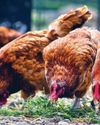
Growing food for Chickens
Mary Larham explores some crops to grow on your holding…
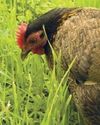
Poultry in the garden – the truth!
Jo-Jane Buxton shares her experiences
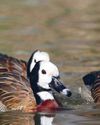
The British Waterfowl Association
Which came first, the goose or the egg?
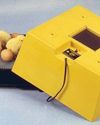
WHY FIT A FAN IN AN INCUBATOR?
Brinsea Products, the Incubation Specialists explain the difference between still air and forced draught
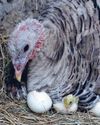
Incubating turkey eggs
Janice Houghton-Wallace looks at broody turkeys and artificial incubation
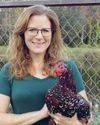
Chicken nesting box herbs
Diana Clauss owns The Blue Feather Farm, in St Cloud, Florida, home to chickens, ducks, goats, and Anatolian Shepherd dogs.
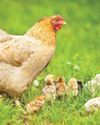
Incubate in January?
Jessica Wombwell says plan the breeding
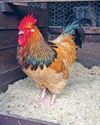
Andy's DIARY
Andy emphases the importance of keeping out damp and wet but allowing ventilation even in cold weather
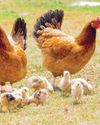
Feeding for Breeding
It may be winter, but as Joanna Palmer, nutritionist for Smallholder Range explains, now’s the time to get your flock in tiptop shape and plan ahead for a successful breeding season next spring.
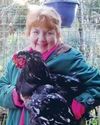
A chick named Cuckoo raised by a duck!
Chris Hammacott and her husband live on a small croft in the Outer Hebrides, they keep a ‘no kill’ flock or rare and rescue sheep which they use to spin and weave rugs. They also share the 8 acres with hens, ducks, cats and 9 rescue pugs.